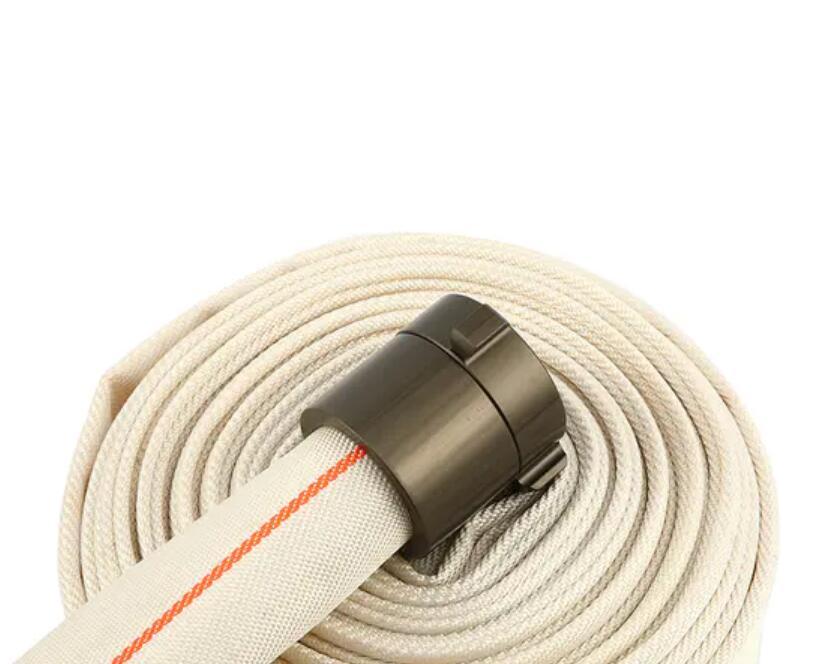Fabric fire hoses are an essential component of firefighting equipment, offering several advantages for both professional and residential use. Their lightweight construction makes them easy to transport and deploy, allowing firefighters to quickly react in emergency situations. The flexibility of fabric hoses enables them to be easily maneuvered around obstacles, providing access to hard-to-reach areas during a fire.
One of the key benefits of fabric fire hoses is their cost-effectiveness. They are generally more affordable than rubber hoses, making them a practical choice for organizations or individuals with budget constraints. Additionally, fabric hoses can be stored compactly, either rolled or folded, which is beneficial for space-limited storage.
However, fabric fire hoses also have their challenges. They tend to have lower resistance to extreme temperatures compared to rubber hoses, making them less suitable for high-heat environments. Prolonged exposure to harsh weather or UV radiation can cause wear and reduce the hose's lifespan. The inner lining of fabric hoses may also become damaged over time, leading to leaks or loss of pressure.
Despite these challenges, fabric fire hoses remain a valuable tool in firefighting, particularly in environments where ease of use, portability, and cost are important considerations.



